Introduction
Looking for the best gaming monitors under $400 in 2025? This ultimate buyer’s guide breaks down top-performing monitors with high refresh rates, fast response times, and crisp 1440p displays — all without breaking the bank. Discover expert picks, setup tips, and everything you need to upgrade your gaming experience affordably.
If you’re a gamer on a budget, there’s great news: you don’t need to break the bank to enjoy premium visual performance. The world of gaming monitors under $400 in 2025 has exploded with feature-rich options that rival even high-end models.
Whether you’re a competitive FPS junkie, a story-driven RPG fan, or just love immersing yourself in the best visuals possible — your monitor plays a massive role in your gaming experience.
Let’s dive into the best budget-friendly monitors that bring serious value to the table.
Key Features to Look for in a Gaming Monitor
Refresh Rate
This is a game-changer. Literally.
A 60Hz monitor used to be the standard, but now 120Hz, 144Hz, and even 165Hz monitors are available under $400. Higher refresh rates mean smoother visuals — and if you play competitive games like Valorant, CS2, or Warzone, this matters.
Response Time
You want a monitor with 1ms to 5ms response time. Anything more, and you’ll notice input lag — and in gaming, that’s the difference between headshot and game over.
Panel Type
- IPS: Great for color accuracy and viewing angles.
- TN: Fastest response time but poor color and angle.
- VA: Deep blacks and good contrast — great for immersive games.
Screen Size & Resolution
27” with 1440p resolution is the sweet spot right now. It gives you sharp visuals without needing a NASA-grade GPU.
G-Sync & FreeSync Compatibility
These features sync your monitor with your GPU to reduce screen tearing. Thankfully, most under-$400 monitors support at least FreeSync.
Why Under $400 is the Sweet Spot for Gamers
Why spend $800 when you can get 90% of the performance at half the price?
Monitors in this range now come with:
- 144Hz+ refresh rate
- Low input lag
- IPS panels
- Ergonomic design
- Adaptive Sync support
They hit that perfect balance between performance and affordability.
Best Gaming Monitors Under $400 2025– Top Picks
1. LG UltraGear 27GL83A-B – Best Overall IPS Monitor

- Screen Size: 27″
- Resolution: 1440p QHD
- Refresh Rate: 144Hz
- Panel Type: IPS
- Response Time: 1ms (GTG)
- Price: ~$349
This monitor delivers high refresh, color accuracy, and G-Sync compatibility. Ideal for serious gamers who also want great visuals.
2. ASUS TUF Gaming VG27AQ – Great for Competitive Gaming
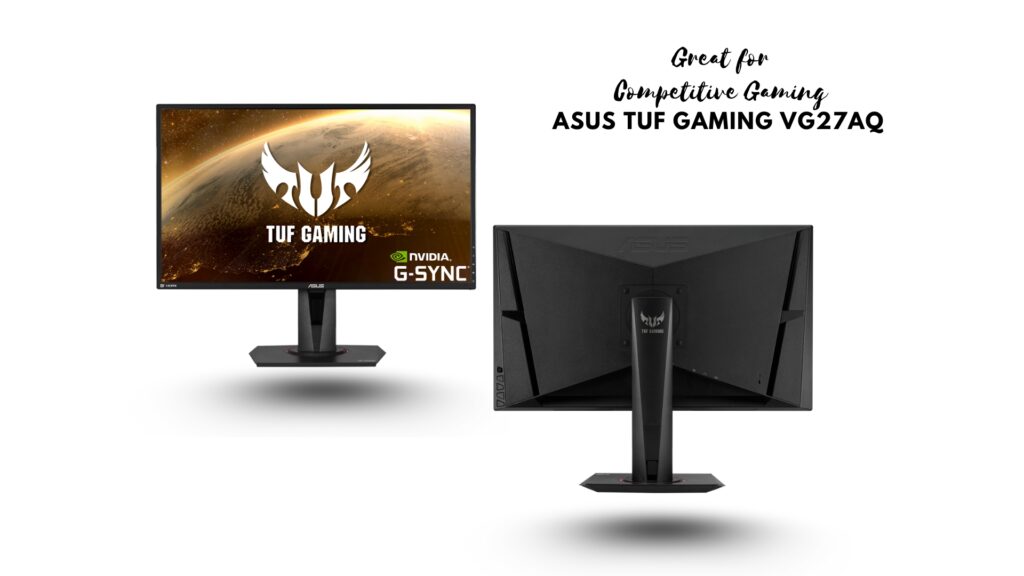
- 27″ WQHD (2560 x 1440)
- ELMB Sync + G-Sync Compatible
- Overclockable to 165Hz
It has both motion blur reduction and adaptive sync. Perfect for esports.
3. AOC CQ32G1 – Best Curved Monitor
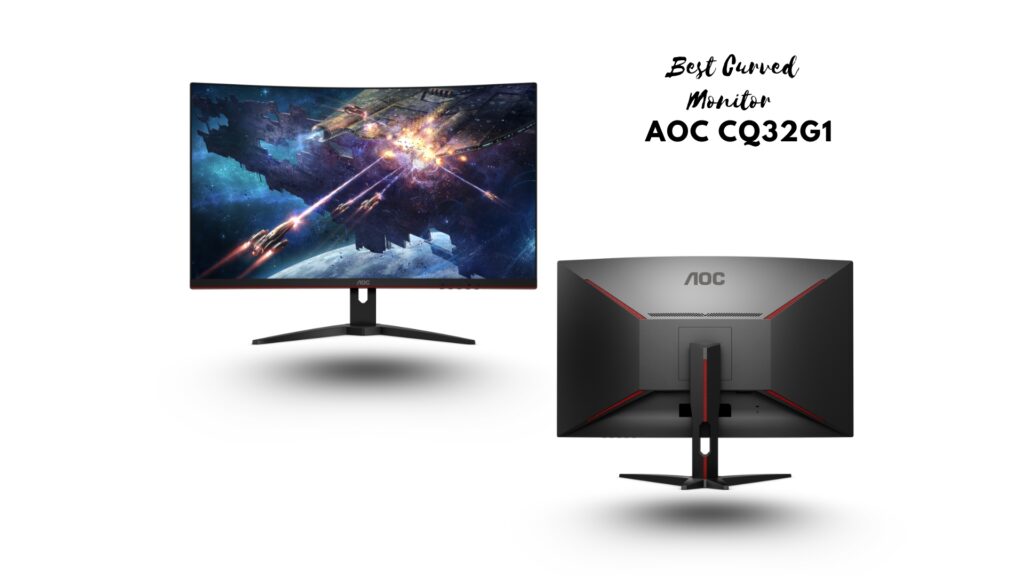
- 32″ Curved VA Panel
- 1440p Resolution
- 144Hz Refresh Rate
Great immersion and deep blacks — ideal for single-player RPGs or racing games.
4. MSI Optix MAG272CQR – High Refresh + Immersion
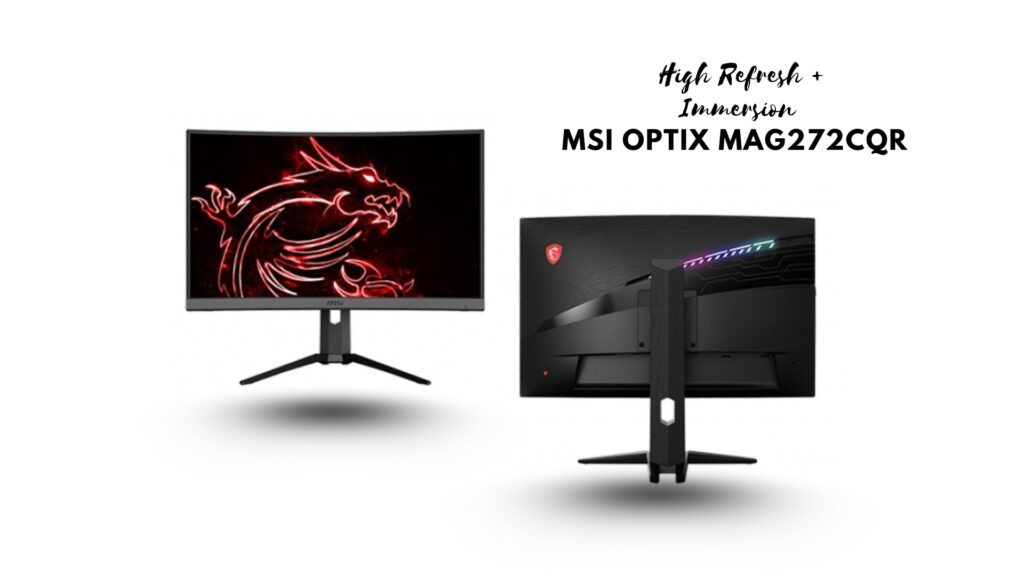
- Curved 27” VA Panel
- 165Hz refresh
- 1ms response
Under $350 and packed with features. A hidden gem.
5. Gigabyte M27Q – Versatile & Feature-Packed
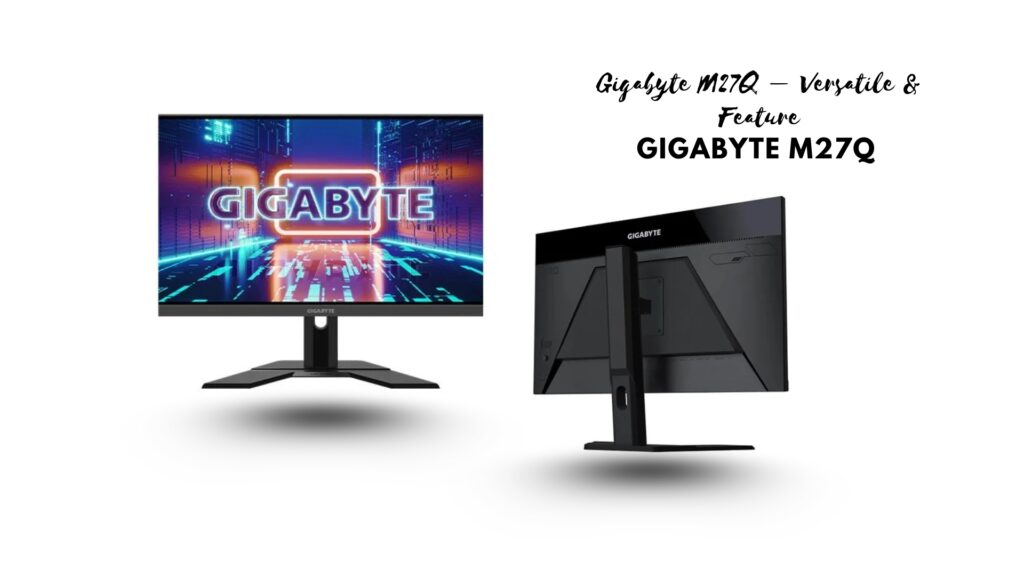
- KVM switch built-in (great for multitaskers)
- 170Hz refresh rate
- 1440p, 27”, IPS
Perfect for gamers who also use their PC for creative or work tasks.
Detailed Comparison Table
| Monitor | Size | Resolution | Refresh Rate | Panel | Sync Support | Price |
|---|---|---|---|---|---|---|
| LG UltraGear 27GL83A-B | 27″ | 1440p | 144Hz | IPS | G-Sync | ~$349 |
| ASUS TUF VG27AQ | 27″ | 1440p | 165Hz | IPS | G-Sync | ~$379 |
| AOC CQ32G1 | 32″ | 1440p | 144Hz | VA | FreeSync | ~$319 |
| MSI Optix MAG272CQR | 27″ | 1440p | 165Hz | VA | FreeSync | ~$329 |
| Gigabyte M27Q | 27″ | 1440p | 170Hz | IPS | FreeSync | ~$369 |
Gaming Monitor Terminologies Explained
Adaptive Sync
This tech prevents screen tearing by syncing your GPU’s output to the monitor’s refresh rate.
HDR vs SDR
HDR gives you more vibrant colors and better contrast. Most under $400 monitors offer entry-level HDR (not true HDR10, but still better than SDR).
Input Lag vs Response Time
Input lag is the delay between your action and its effect on screen. Response time is how fast a pixel changes color. Both matter for gamers.
Mistakes to Avoid When Buying a Monitor
- Don’t buy just for looks (those RGB lights don’t win matches).
- Avoid 4K monitors under $400 — they usually cut corners.
- Don’t ignore port options (HDMI 2.0 vs DisplayPort 1.4 matters).
Is a 144Hz Monitor Enough in 2025?
Absolutely — especially for 1080p and 1440p gaming. Unless you’re pushing 240FPS+ in esports titles, 144Hz offers fantastic value.
Do You Need 4K or Is 1440p Perfectly Fine?
4K looks great, but it’s overkill for most gamers — and it demands a beefy GPU. 1440p hits the sweet spot in performance and clarity.
How to Set Up Your New Gaming Monitor for Peak Performance
Calibrate Colors
Use online tools or Windows built-in calibration to fine-tune color, contrast, and brightness.
Optimize Refresh Rate Settings
Set your monitor to max refresh rate manually via Display Settings or GPU control panel.
Cable Matters – HDMI vs DisplayPort
For 144Hz+, always use DisplayPort. HDMI 1.4 can’t keep up with higher refresh at 1440p.
Gaming Monitor Accessories That Enhance Your Setup
- Monitor Arms – for ergonomic positioning
- Screen Calibration Tools – for color perfection
- Blue Light Filters – for longer, strain-free sessions
- USB hubs – more ports at your fingertips
What Makes a Monitor “Future-Proof”?
- Supports high refresh rates (165Hz+)
- Adaptive sync ready
- USB-C or multiple port options
- Strong build quality and warranty
Looking for even more budget-friendly options? Check out our in-depth guide on the best PC gaming monitors under $200. It’s packed with high-performance picks that deliver smooth gameplay without breaking the bank—perfect for gamers on a tight budget.
For community-driven insights on gaming monitors under $400, explore this Linus Tech Tips forum thread. Members share their experiences and recommendations, such as the LG UltraGear 32″ IPS monitor with a 180Hz refresh rate and G-SYNC compatibility, praised for its performance and value. These firsthand accounts can provide valuable perspectives to help you make an informed decision.
For gamers seeking a monitor that seamlessly supports both console and PC gaming, our comprehensive guide on the best monitors for console and PC gaming offers top recommendations. It covers key features like refresh rates, resolution, and adaptive sync technologies to help you find the perfect display for your gaming setup.
Final Verdict – Best Bang for Your Buck
If you’re a gamer looking for buttery smooth gameplay, sharp visuals, and performance — without draining your wallet — the LG UltraGear 27GL83A-B and ASUS TUF VG27AQ lead the pack.
For immersive single-player games, go for AOC CQ32G1 or MSI Optix. And if you want flexibility between work and play — Gigabyte M27Q wins hands-down.
Conclusion
You don’t need to spend a fortune to elevate your gaming experience. Monitors under $400 today offer incredible value, high-end features, and stunning visuals that were once only found in premium models.
Pick the right one, tweak your settings, and you’ll feel like you’re gaming on a rig worth double the price.
FAQs
1. Which monitor is best for PS5 under $400?
→ The Gigabyte M27Q or ASUS TUF VG27AQ offers great performance and HDMI support for smooth PS5 gameplay.
2. Is 1ms response time important for casual gamers?
→ Not crucial, but it does enhance overall smoothness, especially in fast-paced games.
3. Can I use a gaming monitor for work?
→ Absolutely. IPS panels like the LG UltraGear and Gigabyte M27Q are great for multitasking and content creation.
4. What is the best size for a gaming monitor?
→ 27″ is ideal for 1440p gaming — big enough for immersion, small enough for sharp pixel density.
5. How long do gaming monitors last?
→ With proper care, a quality monitor can last 5–7 years or more.


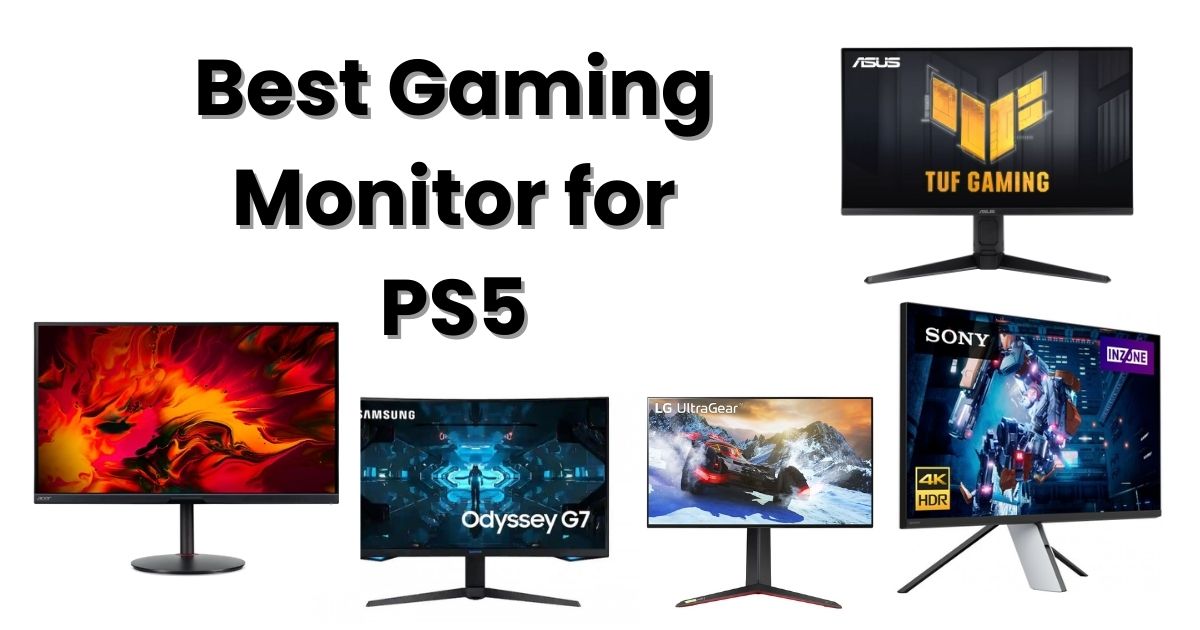

2 thoughts on “Best Gaming Monitors Under $400 2025– The Ultimate Buyer’s Guide”
Best
Thank you for your valuable comment..